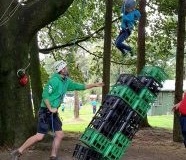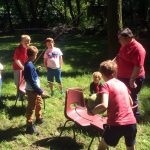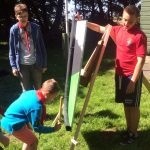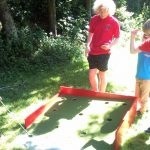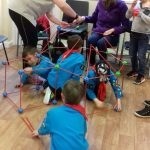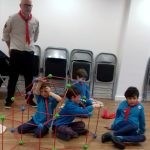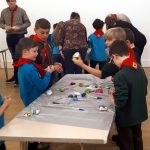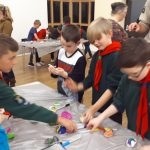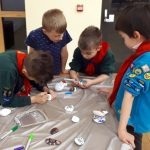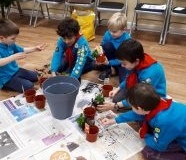 So you’ve signed your little Monkey up to join our Beaver Colony, they go every week and have lots of fun learning new skills and making new friends.
So you’ve signed your little Monkey up to join our Beaver Colony, they go every week and have lots of fun learning new skills and making new friends.
Hopefully coming home buzzing about the new things they have been doing.
But what’s in it for parents? Here’s 10 things that I’m pretty sure all parents will soon learn when their child signs up for Scouts
 Today the 8th of March 2023, we’re celebrating International Women’s Day. Celebrating women all around the world, and the magnificent things that they do.
Today the 8th of March 2023, we’re celebrating International Women’s Day. Celebrating women all around the world, and the magnificent things that they do. set up Girl Guiding, as it’s known as today. Girls weren’t always allowed in Scouts. It was known as Boy Scouts. But over 40 years ago, girls were allowed. But officially girls in all sections started in 2007. 29% of girls make up the UK Scout youth membership, and 43% of the adult volunteers here in UK Scouts are female.
set up Girl Guiding, as it’s known as today. Girls weren’t always allowed in Scouts. It was known as Boy Scouts. But over 40 years ago, girls were allowed. But officially girls in all sections started in 2007. 29% of girls make up the UK Scout youth membership, and 43% of the adult volunteers here in UK Scouts are female. In 2014, we welcomed the first UK Youth Commissioner, Hannah Kentish. And in January 2020, she was awarded an MBE, British Empire Metal. Well done Hannah!. And in 2020, the Duchess of Cambridge, She doubled up with the Duke of Kent to become President of UK scouting.
In 2014, we welcomed the first UK Youth Commissioner, Hannah Kentish. And in January 2020, she was awarded an MBE, British Empire Metal. Well done Hannah!. And in 2020, the Duchess of Cambridge, She doubled up with the Duke of Kent to become President of UK scouting.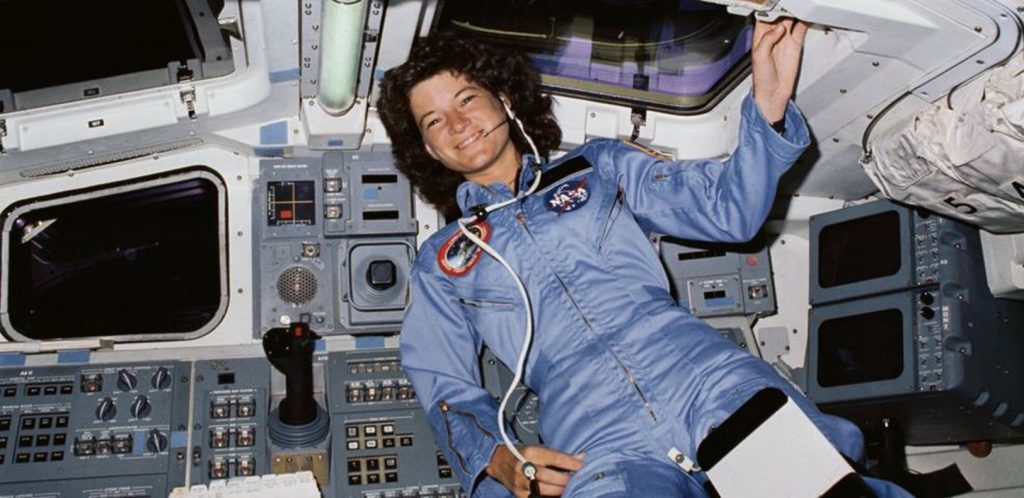
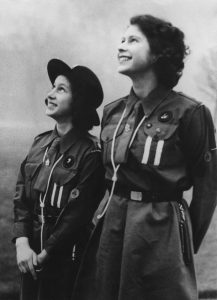 Now this might surprise you. I kept this one for last. International women’s day, who do you think in the whole of the world is the most famous scout? Of course, Queen Elizabeth II, the UK’s queen, she was a scout. She also went to Scouts with her sister, Princess Margaret, and they started back in 1937. Well, let’s not forget the Queen’s daughter Princess Anne. She also was a member of Girl Guides.
Now this might surprise you. I kept this one for last. International women’s day, who do you think in the whole of the world is the most famous scout? Of course, Queen Elizabeth II, the UK’s queen, she was a scout. She also went to Scouts with her sister, Princess Margaret, and they started back in 1937. Well, let’s not forget the Queen’s daughter Princess Anne. She also was a member of Girl Guides. amazing Scouts and what they’ve done for themselves, and proving that Scouts can make you go to places even such as in space. You never know some of these Scouts that are in 3rd Brampton Scouts now could well be famous ladies in our near future!
amazing Scouts and what they’ve done for themselves, and proving that Scouts can make you go to places even such as in space. You never know some of these Scouts that are in 3rd Brampton Scouts now could well be famous ladies in our near future! 
















 Photography by Sam Longhurst Photography
Photography by Sam Longhurst Photography We hope you can attend the short meeting. Join us to find out how we have managed the group over the past year, and have your say how we run the next year.
We hope you can attend the short meeting. Join us to find out how we have managed the group over the past year, and have your say how we run the next year. There are a few things that you need to be aware of for returning to face to face meetings.
There are a few things that you need to be aware of for returning to face to face meetings.
